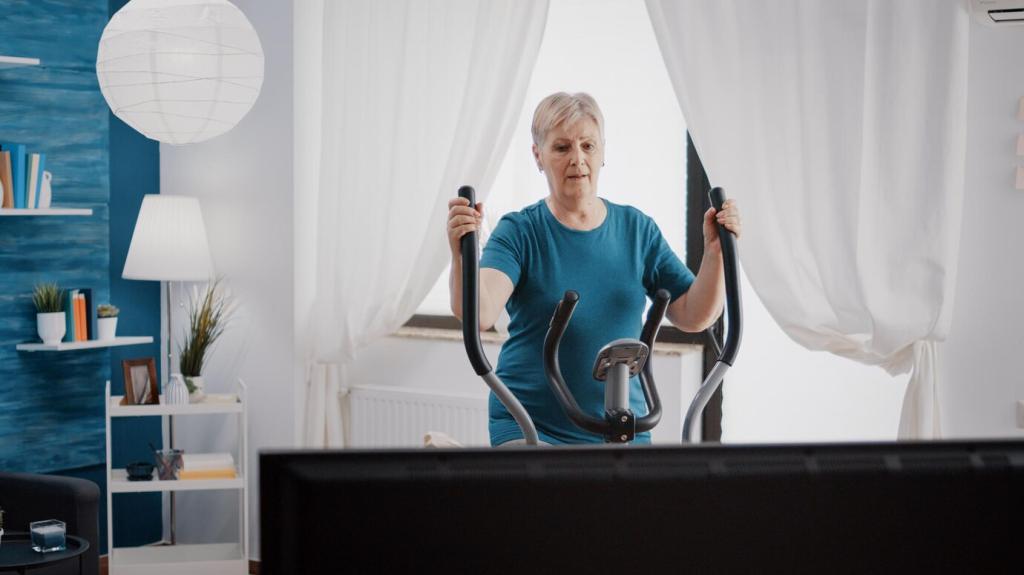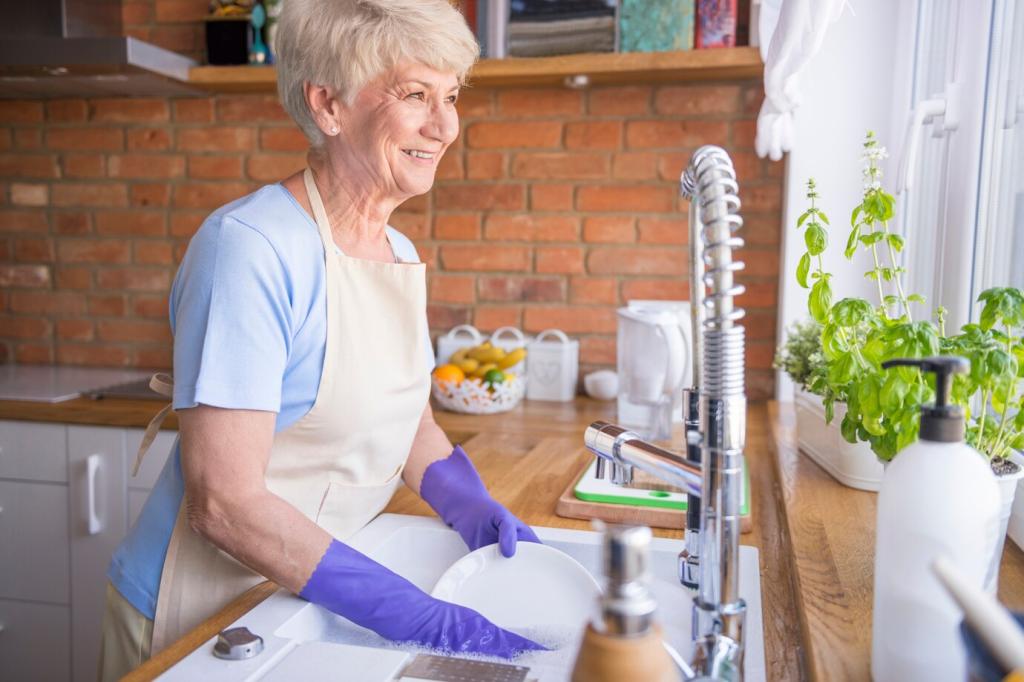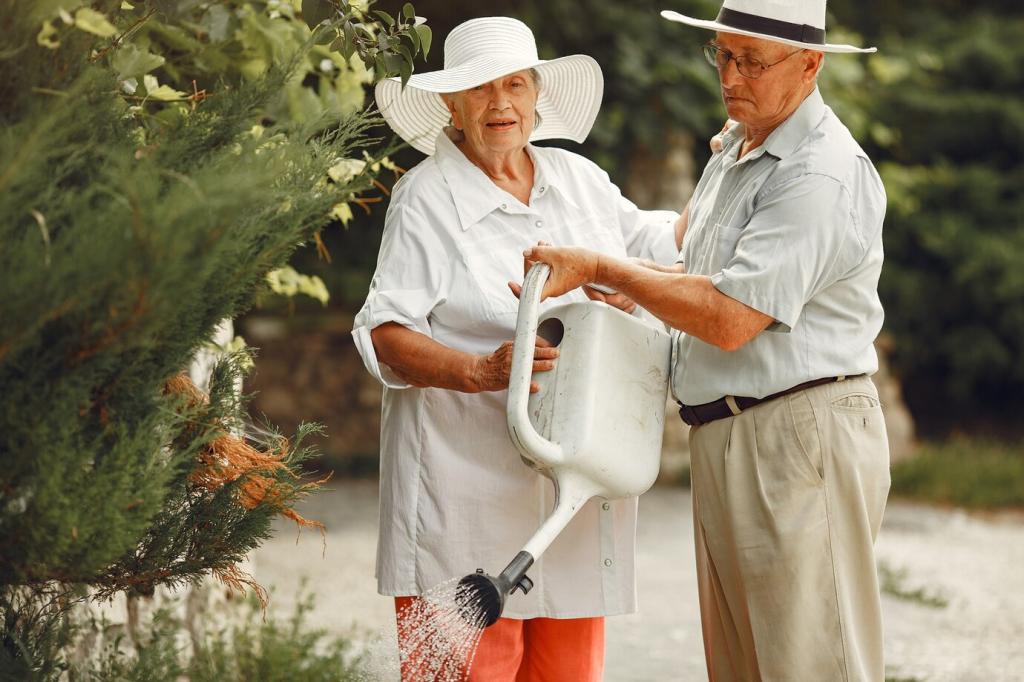Stain Matchmaking: Pair Problem with Product
For S‑coded fabrics, a dedicated solvent cleaner dissolves oily soils without water rings. On W‑coded materials, a few drops of dish detergent in distilled water breaks surface tension. Blot, don’t rub; apply absorbent powder like baking soda, then vacuum thoroughly.
Stain Matchmaking: Pair Problem with Product
On W‑coded upholstery, oxygen‑based spotters can brighten tannin stains; always test for color stability first. For dye transfer on leather, use a gentle leather cleaner and soft cloth, repeating lightly. Rushing with harsh agents can set stains deeper and widen damage.
Stain Matchmaking: Pair Problem with Product
White rings often mean moisture trapped in the finish. A specialized ring‑remover or a tiny amount of furniture polish with a soft cloth can help; always test. Avoid aggressive abrasives. Persistent haze may require professional refinishing rather than repeated cleaning.










